Get Started: Unpacking the Seed Packet
Starting your plants from seed has many benefits to the novice gardener. They are an inexpensive alternative to purchasing seedlings each year, and perennial seeds only need to be planted once and will return year after year on their own!
You can find all the necessary information you need to succeed by reading the plant label carefully. Seed packets include such helpful information as the characteristics of the mature plant, if it is annual or perennial, and the optimal conditions for seed germination and plant growth. This guide introduces the most common features of seed labels with tips on how to read them for best results.
FRONT OF THE PACKET
Name of Plant Species
Includes common and scientific names
Number of Seed in Package
May also include the weight of seeds per pack
Annual or Perennial
Annual plants must be grown from seed every year. Perennials return on their own the following season.
Sunlight Requirements
Full Sun = 6-8 hours direct sunlight. Partial Sun = 4-6 hours sunlight. Light Shade = 2-4 hours sunlight
Height of Mature Plant
Average full height of plant in ideal conditions.
BACK OF THE PACKET
Plant Description
Describes plant species, including appearance, benefits, and suggested uses.
Indoor or Outdoor
Depending on tolerance for cool temperatures and hardiness for transplanting, some seeds can be planted in seed trays indoors while others can be sown directly outside. For outdoor planting, search online for “last frost date” in your region to calculate when to plant.
Germination Time
How long on average the seed needs to germinate.
Planting Depth
Seeds germinate at different depths, from relatively deep (½ inch) to shallow (⅛ inch). Some seeds need to be buried, while others only sprinkled and lightly covered.
Seed Space
Space needed between seeds (within a row) to avoid overcrowding mature plants. Some instructions might suggest sowing seeds closely and “thinning” them by removing some seedlings, leaving only the hardiest to grow.
Row Space
Space needed between rows of seeds
Although germination rates are best on the year that seeds were packed, it is possible to increase the longevity of your seeds through proper storage. Seeds need to be stored in cool, dry, dark conditions, and it is best to use an airtight, watertight container such as a jar with a rubber seal or a ziplock bag inside a jar. Ideally seeds last longest at cool temperatures below 50℉, so you may store them in a refrigerator or freezer.
Another cost effective option for annual vegetables and flowers is to “save” your seeds at the end of the growing cycle. After plants flower and fruit, they will go to seed, which you can collect for your own use. Store these seeds following the guidelines above and you will have free seeds to use next year!



